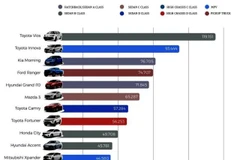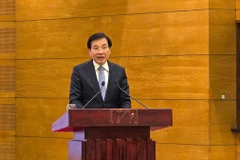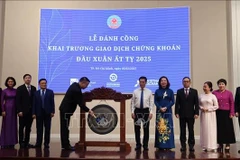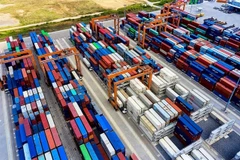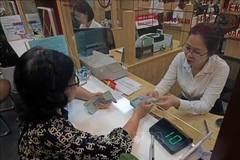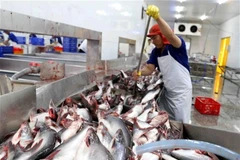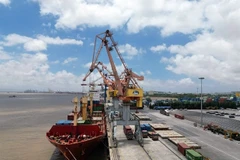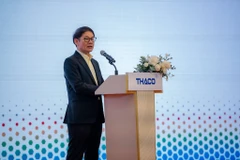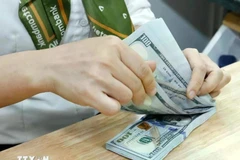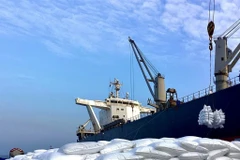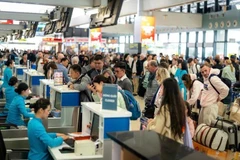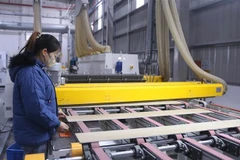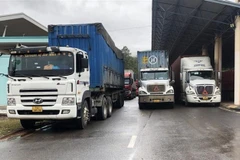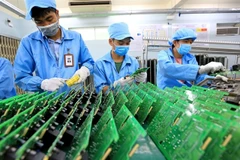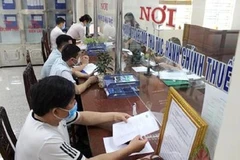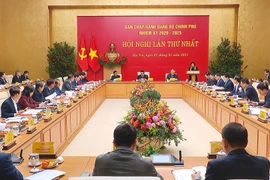Hanoi (VNA) - The National Standardisation Strategy for 2030 has set a target of raising Vietnam’s harmonisation ratio with international, regional and foreign standards to at least 65% by 2025 and 75% by 2030.
As Vietnam is integrating into the global economy, and becomes a member of the World Trade Organisation (WTO), the Association of Southeast Asian Nations (ASEAN) and the Asia-Pacific Economic Cooperation (APEC) forum, as well as new-generation free trade agreements, the country has to observe stringent regulations and requirements on technical standards in foreign markets.
In fact, Vietnamese goods draw warnings from foreign countries repeatedly due to their failure in satisfying technical standards and barriers set by importers.
The Vietnam Sanitary and Phytosanitary Notification Authority and Enquiry Point (SPS Vietnam) under the Ministry of Agriculture and Rural Development reported that last year it received nearly 1,000 notices relating to food safety and animal and plant quarantine. The complaints are up 10% year-on-year, mostly from Japan with 83 notices, followed by Brazil, the EU, Canada, and the US.
To handle this issue, Vietnam must raise its standards harmonisation ratio toward international acceptance.
According to the Directorate for Standards, Metrology and Quality, Vietnam’s current national standards system, with over 13,500 standards in most economic sectors, has the harmonisation ratio of over 60% with regional and international standards.
Despite a remarkable number of national standards, Vietnam’s Global Quality Infrastructure Index scored only 54, behind many countries such as China, Japan, the Republic of Korea (RoK), India, Indonesia, Singapore, and Malaysia.
Currently, its national standards are built and managed by 13 ministries. However, the process has shown a lack of long-term orientations and consistency among them.
The SPS suggested Vietnam raise its harmonisation ratio with international standards to respond to trade barriers imposed by other member countries of the FTAs and reduce violations.
To meet the Government’s target by 2030, Vietnam needs to quickly build and issue the standardisation strategy, striving to become a member of the International Organization for Standardisation, and the International Electrotechnical Commission in 2025.
The country also needs to complete building a database for the national standardisation system and complete the digital infrastructure connected with ministries, agencies and localities./.




